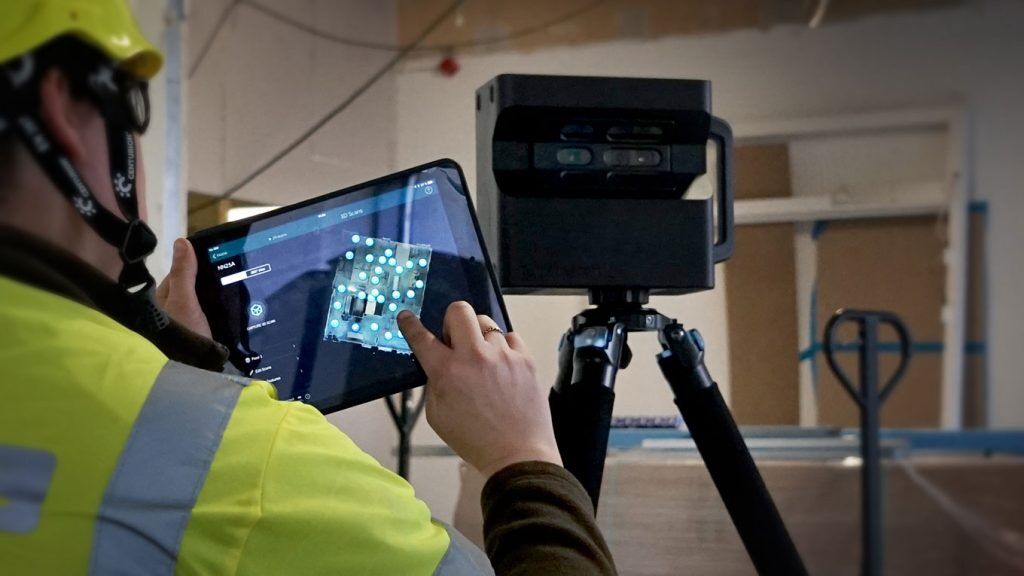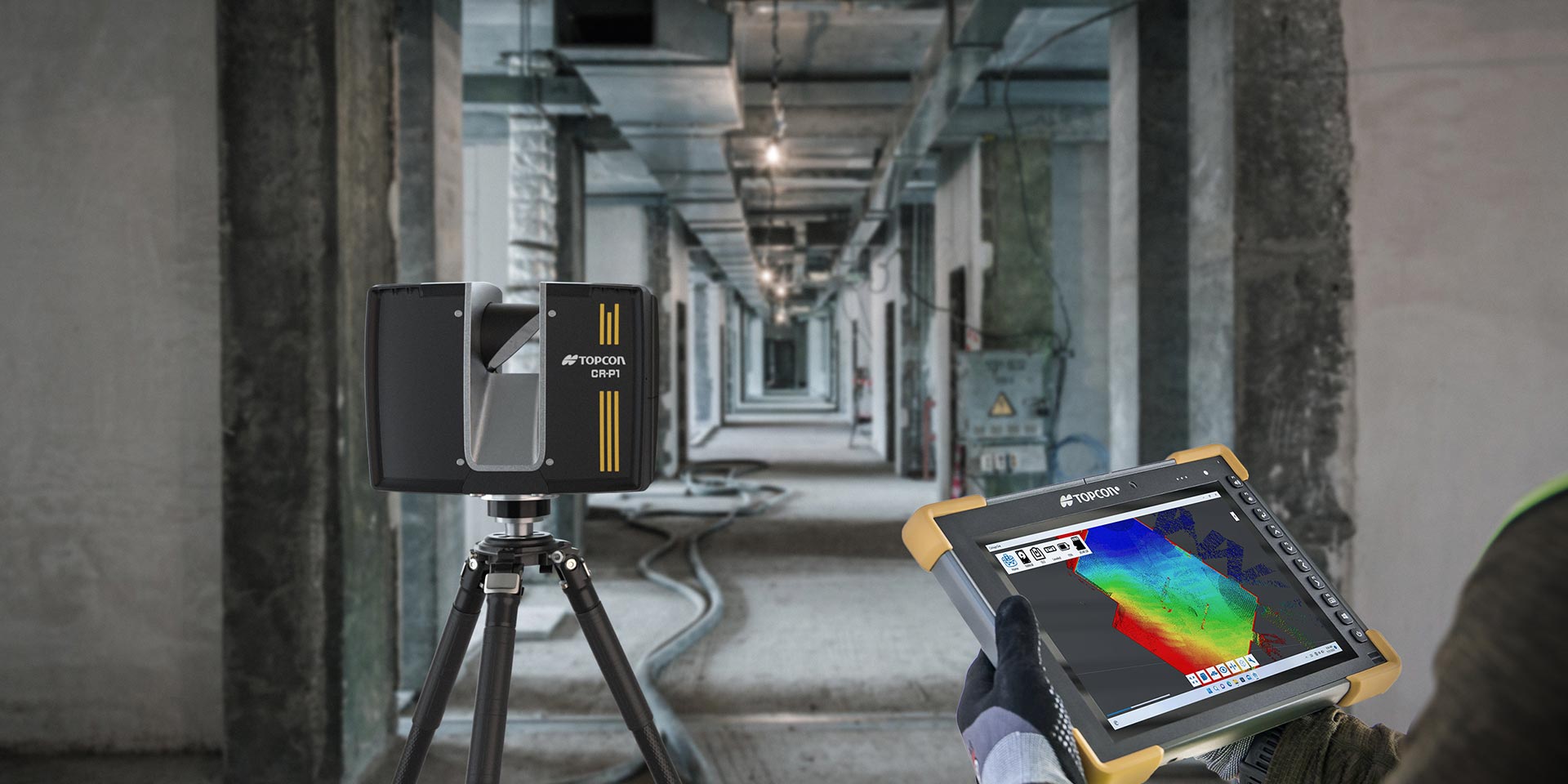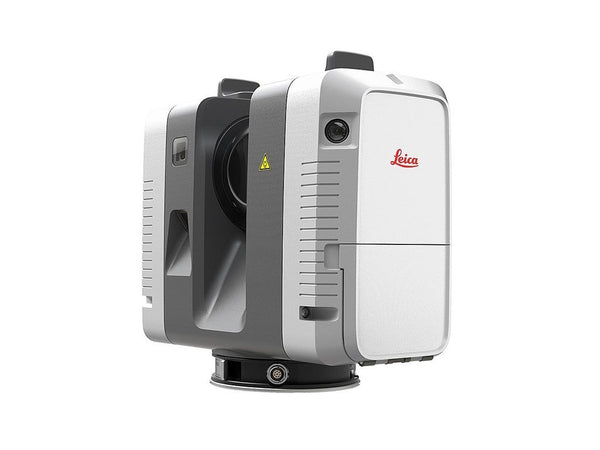Checking out the Applications of 3D Laser Scanning in Archaeology and Cultural Heritage Conservation
The assimilation of 3D laser scanning innovation in archaeology and cultural heritage preservation notes a substantial advancement in exactly how historic sites and artifacts are documented and examined. This non-invasive method offers specific spatial data, exposing complex information that were previously challenging to catch. As the applications of this modern technology continue to develop, different effects for education and learning, conservation, and documents arise, welcoming more expedition right into its transformative effect on the area.
Understanding 3D Laser Scanning Technology
3D laser scanning technology has transformed the area of archaeology by offering in-depth and exact spatial information. This sophisticated innovation employs laser beams to capture numerous data points from a things or website, producing an extremely accurate three-dimensional representation (3D Scanning). The resulting factor clouds can expose detailed information of archaeological websites, frameworks, and artefacts that could be unseen to the nude eye
Utilizing this technology, archaeologists can document the exact dimensions, shapes, and settings of things with unprecedented accuracy. This method minimizes the threat of human mistake and eliminates the demand for substantial hand-operated dimensions. Moreover, the data collected can be analyzed and shared easily, helping with collaboration among researchers. By incorporating 3D laser scanning with GIS and various other electronic devices, excavators improve their capability to envision and interpret historic contexts, resulting in much deeper insights right into old cultures and environments.
Enhancing Archaeological Documents
3D laser scanning significantly improves archaeological paperwork with its capability to produce exact site maps. This modern technology promotes comprehensive artifact evaluation, supplying understandings that typical techniques might overlook. In enhancement, it guarantees the conservation of contextual data, which is vital for recognizing the relationships within archaeological sites.
Precise Website Mapping
While conventional mapping techniques frequently battle with recording the detailed information of historical sites, progressed laser scanning innovation provides an innovative strategy to precise site mapping. This method enables archaeologists to produce very described and precise three-dimensional representations of sites, showcasing topographical variants and structural features with remarkable fidelity. The capacity to record numerous data points in a matter of mins permits comprehensive documentation, which can be easily upgraded and shared amongst researchers. Additionally, laser scanning helps with the measurement of complex geometries that would certainly be hard to examine utilizing traditional tools. Therefore, this modern technology improves the accuracy of website maps, contributing significantly to the preservation and understanding of cultural heritage resources.
Thorough Artefact Evaluation
Laser scanning innovation considerably improves the analysis of historical artifacts, providing scientists with unmatched detail and precision. This method records complex surface appearances, dimensions, and includes that conventional documents methods might ignore. By generating high-resolution 3D designs, scholars can closely check out artifacts without the threat of damage intrinsic in physical handling. This precision permits far better comparative researches, enabling professionals to identify production techniques, stylistic variants, and potential cultural value. In addition, the capability to manipulate and picture information in three dimensions facilitates a deeper understanding of artefact capability and usage. Overall, laser scanning fosters a much more comprehensive technique to archaeological documentation, making sure that important info about artefacts is maintained for future study and education and learning.
Preservation of Contextual Data
Preserving contextual data is important for improving archaeological paperwork, as it guarantees that findings are comprehended within their initial environmental and social structures. 3D laser scanning innovation considerably adds to this preservation initiative by capturing in-depth spatial connections among artifacts, structures, and their settings. By creating specific 3D versions, archaeologists can document the exact locations and orientations of objects sitting, assisting in a thorough understanding of their context. This modern technology makes it possible for scientists to revisit and analyze websites long after excavation, preserving the integrity of contextual information. On top of that, digital records developed with scanning can be shared worldwide, cultivating collective research and public involvement. Eventually, preserving contextual information with 3D laser scanning enriches historical narratives and advertises a more extensive recognition of cultural heritage.
Conservation of Cultural Heritage Sites
As developments in technology proceed to progress, the preservation of social heritage sites has actually become progressively reliant on ingenious methods such as 3D visit this site laser scanning. This innovation permits for the in-depth documentation of artefacts, landscapes, and frameworks, capturing their exact dimensions and spatial connections in a non-invasive way. By creating high-resolution 3D designs, researchers can monitor and examine deterioration patterns, allowing aggressive preservation techniques.
Furthermore, 3D laser scanning facilitates the sharing of comprehensive site information with the international area, advertising collaboration among guardians, historians, and archaeologists. These designs function as very useful sources for education and learning and public engagement, elevating recognition of social heritage concerns. In addition, the electronic documents produced can protect against loss due to ecological variables, criminal damage, or disregard. In general, 3D laser scanning represents a transformative strategy to the conservation of social heritage, guaranteeing that these sites can be researched and appreciated by future generations.

Restoration and Reconstruction Efforts
The in-depth documents attained via 3D laser scanning plays a substantial role in remediation and restoration initiatives within archaeology. This innovation supplies specific dimensions and high-resolution images, allowing for accurate digital designs of artefacts and structures. These models function as vital references throughout reconstruction procedures, allowing archaeologists to imagine the original layout and make educated choices regarding strategies and products needed for repair.
Moreover, 3D laser scanning facilitates the repair of damaged or lost aspects by developing comprehensive reproductions. This procedure help in ensuring that reconstructions preserve historical stability while additionally allowing for cutting-edge methods to recover sites. The capacity to evaluate wear patterns and structural weaknesses through checked information boosts understanding of a website's historical context and its usage in time. 3D laser scanning not just preserves the physical aspects of cultural heritage but also enhances the story of history, assisting future repair undertakings.
Educational and Research Opportunities
The integration of 3D laser scanning in archaeology opens significant academic and study possibilities. Academic partnerships can boost the understanding of old sites, while specialized training workshops outfit experts with crucial skills for utilizing this modern technology. With each other, these initiatives promote a richer involvement with archaeological methods and techniques.
Academic Collaborations in Archaeology
Collaborative efforts in archaeology have actually become significantly vital for advancing both instructional and research opportunities. By cultivating partnerships among colleges, research study organizations, and cultural heritage organizations, these cooperations facilitate the exchange of expertise and resources, boosting the quality of historical studies. Joint projects usually take advantage of varied competence, enabling for thorough evaluations and cutting-edge methods, especially in the application of innovations like 3D laser scanning. Such collaborations also advertise interdisciplinary techniques, engaging areas such as geography, conservation, and history science. In addition, scholastic partnerships often bring about the advancement of brand-new curricula and training programs, preparing the next generation of excavators to effectively use advanced modern technologies in their work. Inevitably, these alliances add to the preservation and understanding of cultural heritage.
Educating Workshops for Specialists
Training workshops for experts in archaeology are significantly vital for enhancing skills in the application of innovative technologies such as 3D laser scanning. These workshops offer individuals with hands-on experience in making use of innovative tools and software, fostering a deeper understanding of information capture and analysis processes. Professionals can discover to produce precise electronic designs of historical websites, which markedly aid in documentation and preservation efforts. Additionally, these training sessions typically consist of discussions on finest methods and study, promoting understanding exchange among participants. By investing in continuous education and learning, specialists can remain upgraded on progressing modern technologies, inevitably boosting the performance of their research study and cultural heritage preservation efforts. This dedication to skill enhancement is important for advancing the field of archaeology.
Future Fads in 3D Laser Scanning for Archaeology
As innovations in modern technology proceed to reshape various areas, the future of 3D laser scanning in archaeology guarantees to enhance both the precision and performance of website paperwork and evaluation. Emerging trends show a growing assimilation of man-made intelligence and machine understanding, assisting in automated data processing and interpretation. This evolution will permit excavators to evaluate intricate datasets quicker, leading to faster understandings into historic contexts.
The integration of drone innovation with 3D laser scanning is most likely to expand, making it possible for comprehensive airborne studies of archaeological websites that are difficult to gain access to. The raising affordability of scanning devices will certainly democratize gain access to, encouraging smaller organizations and independent scientists to make use of these tools successfully. In addition, advancements in online truth and boosted reality will allow immersive experiences for public involvement and check my blog education, making archaeological findings extra available and interactive. These trends collectively indicate a transformative future for archaeology, boosting conservation initiatives and increasing the discipline's outreach.
Frequently Asked Concerns
Exactly How Much Does 3D Laser Scanning Devices Price?

What Are the Limitations of 3D Laser Scanning?
The limitations of 3D laser scanning include high expenses, possible information processing challenges, sensitivity to ecological problems, and difficulty capturing complex information in complex surfaces, which can affect the precision and efficiency of checked depictions. (3D Scanning)

Can 3D Laser Scanning Be Used Undersea?
Yes, 3D laser scanning can be used undersea, but it calls for specialized devices and techniques to get over difficulties such as water distortion and restricted visibility. Successful applications have actually been shown in marine archaeology and underwater surveys.
For how long Does a Scanning Job Normally Take?
A scanning task usually takes anywhere from a couple of days to several weeks, relying on the intricacy and size of the location being checked, together with the preparation and post-processing requirements included in the task.
Exist Certain Software Application Demands for Processing 3D Scans?
Yes, certain software requirements for processing 3D scans consist of programs efficient in managing large point clouds, such as Autodesk Wrap-up, Cyclone, or MeshLab. These tools promote analysis, visualization, and combination right into different applications efficiently.
The combination of 3D laser scanning modern technology in archaeology and cultural heritage preservation marks a significant advancement in how historical sites and artifacts are documented and examined. 3D laser scanning technology has changed the field of archaeology by supplying in-depth and specific spatial data. As improvements in modern technology continue to advance, the preservation of cultural heritage sites has actually become increasingly reliant on cutting-edge approaches such as 3D laser scanning. As improvements in modern technology continue to reshape numerous fields, the future of 3D laser scanning in archaeology promises to enhance both the precision and effectiveness of website documents and evaluation. The integration of drone modern technology with 3D laser scanning is likely to broaden, allowing thorough aerial surveys of archaeological sites that are difficult to access.